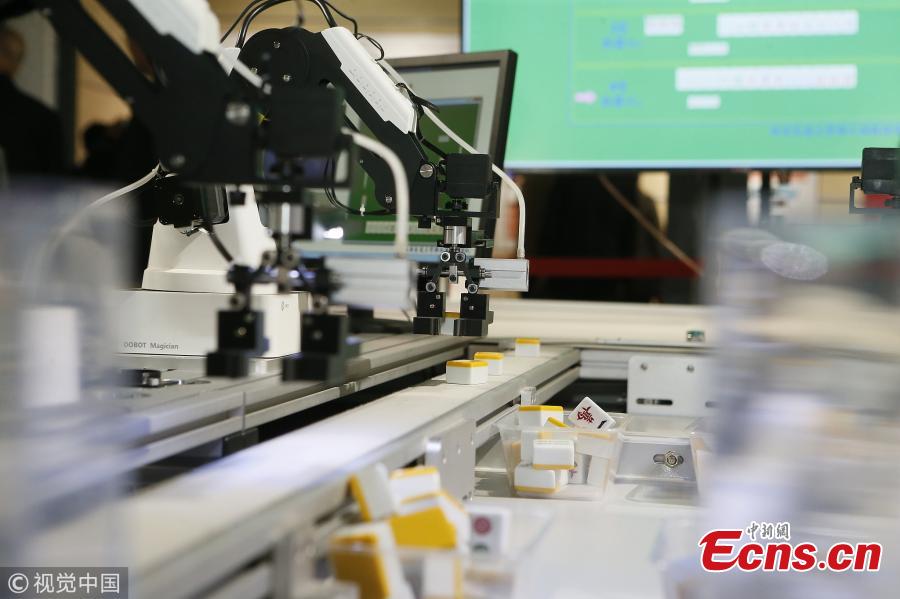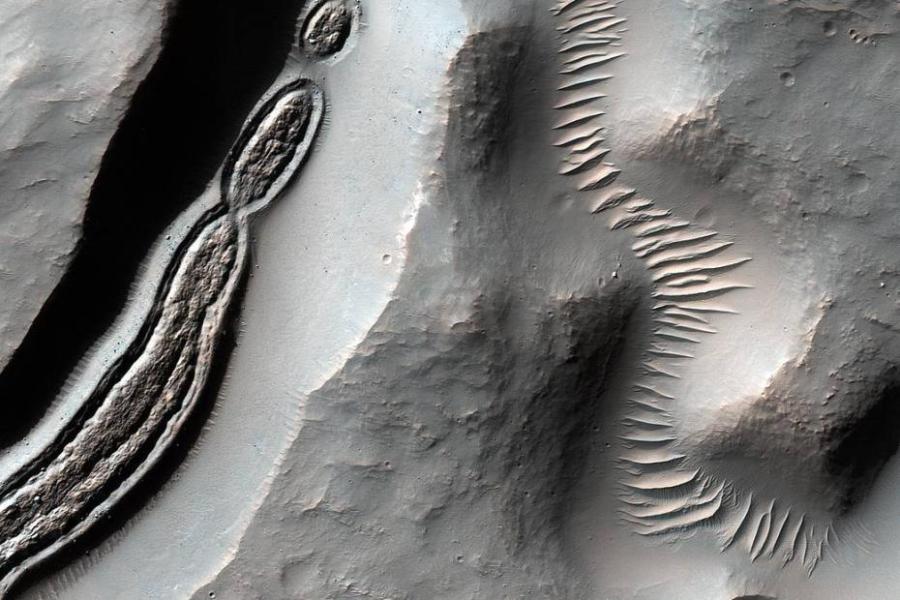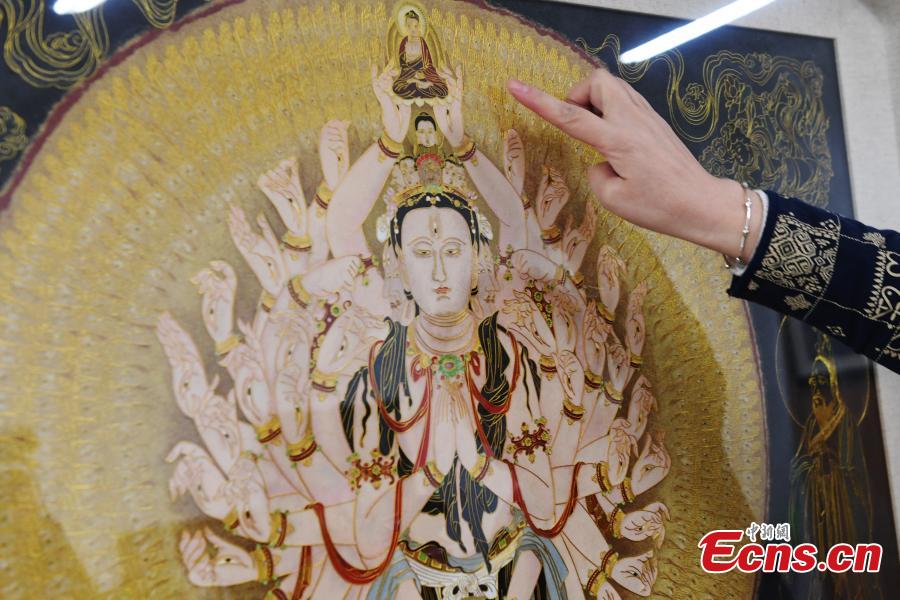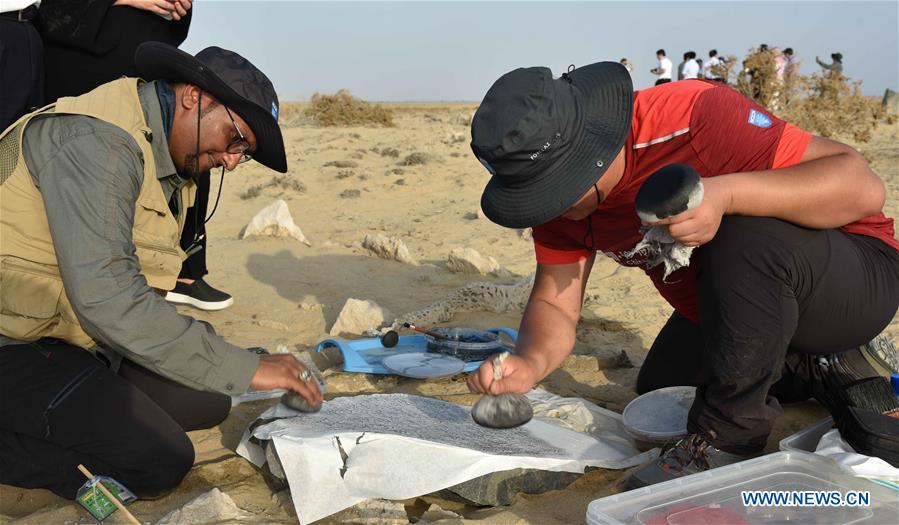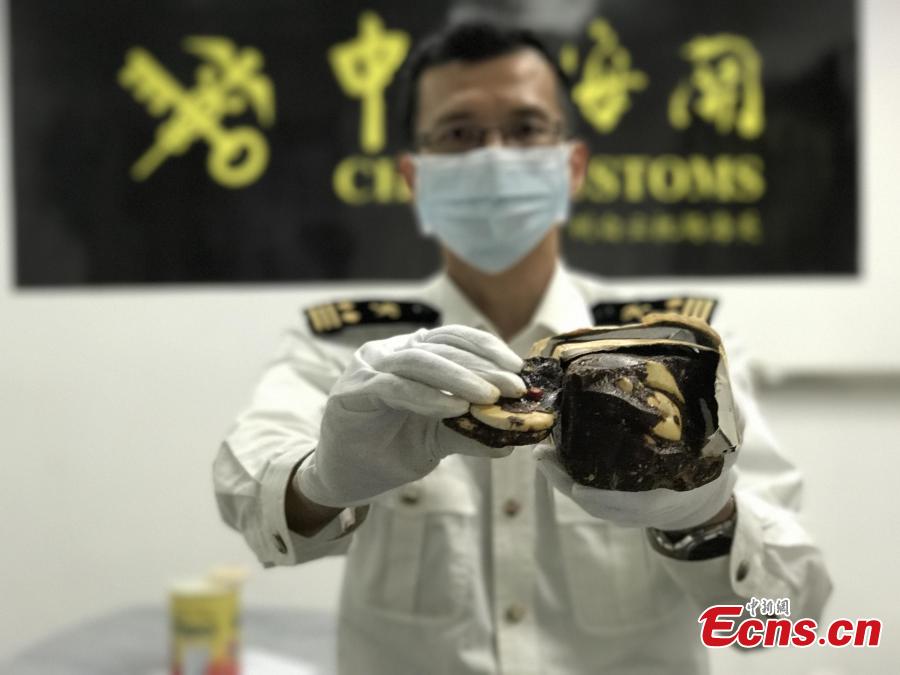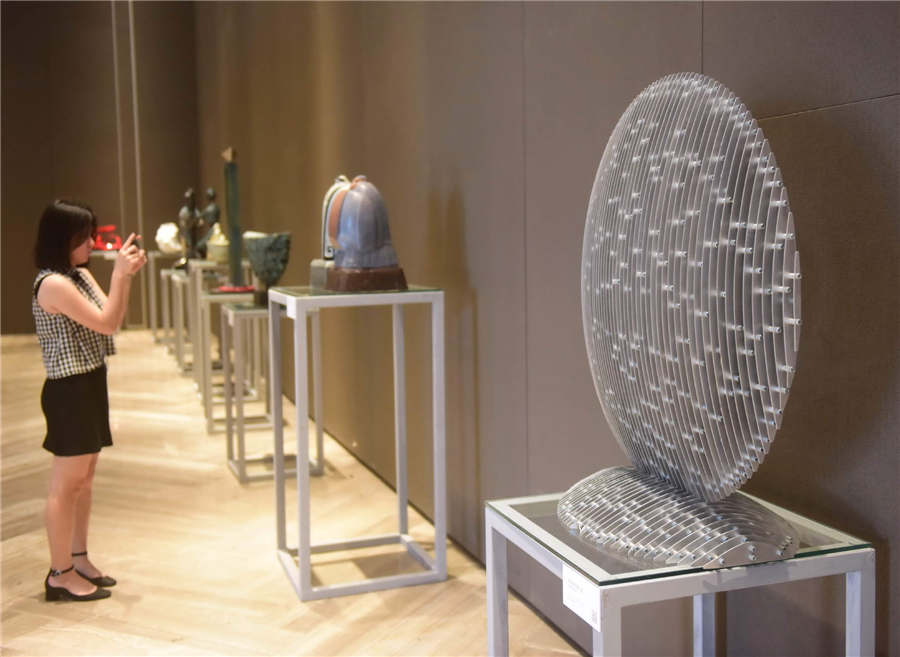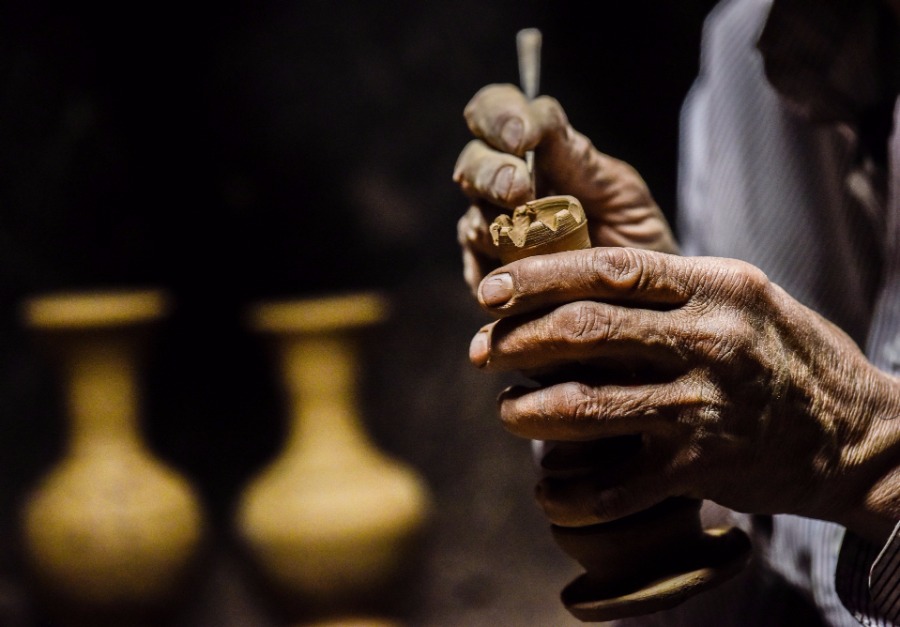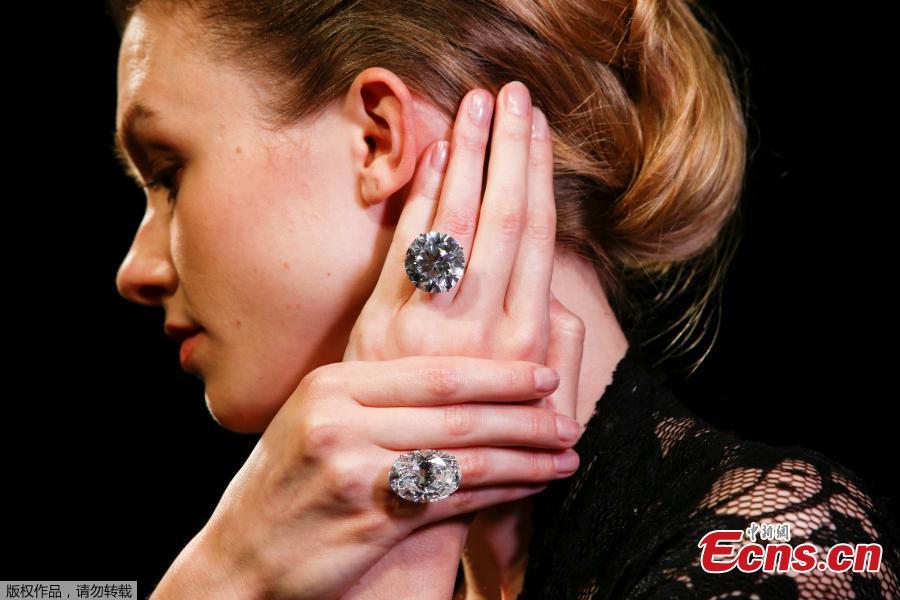Few people think that silk can be used as a shield to defend the brain, but Chinese researchers have transformed the soft garment material into screws to stabilize skull bones in brain surgery.
Researchers at a laboratory in Shanghai have extracted silk proteins from the cocoons of the Bombyx mori silkworm and made them into fixing devices such as screws and linking stripes.
After years of experiments on animals, including rodents and rabbits, researchers have improved the properties, including strength and toughness.
The research was led by Professor Mao Ying, vice president of the Fudan University's affiliated Huashan Hospital, and Tao Hu, researcher of Shanghai Institute of Microsystem and Information Technology.
The research was published as a cover story in the latest issue of "Advanced Healthcare Materials."
According to Mao, creating medical materials for skull fixation and repair is demanding. In the past, screws were usually made of metal materials, which were likely to cause foreign-body sensations resulting in discomfort.
Metal materials risk infection and immunological rejection, meaning some patients have to go through second surgeries.
"Compared with metal or chemical materials, silk devices have outstanding biocompatibility that induces no foreign-body reaction, and controlled degradation without generating hazardous residues," said Tao, who conducted the research over three years.
Silk devices developed by researchers also include a chip-shaped film that medicine can be wrapped in. With the degradation of silk proteins in the brain, the medicine inside will be released to treat inflammation and heal injured tissue.
Silk is also much cheaper than metal. Mao said a regular silk quilt can be made into thousands of silk screws, reducing medical costs.
The silk devices are expected to complete clinical trials within three to five years.













